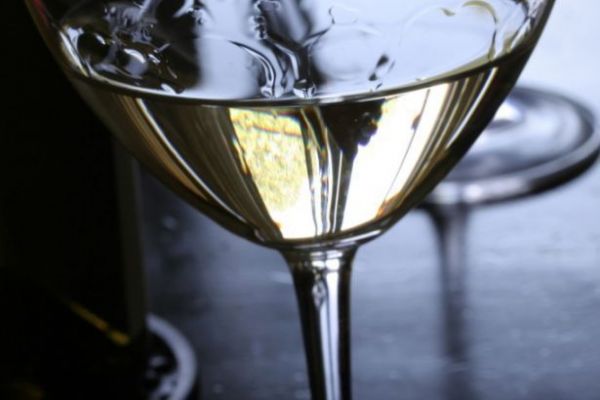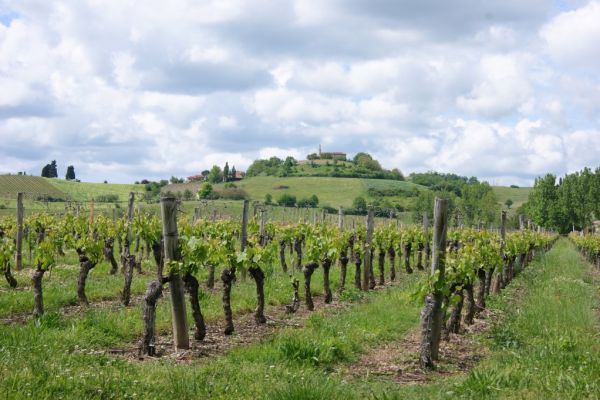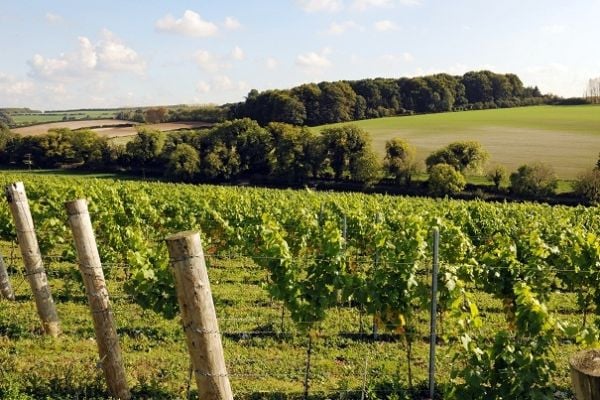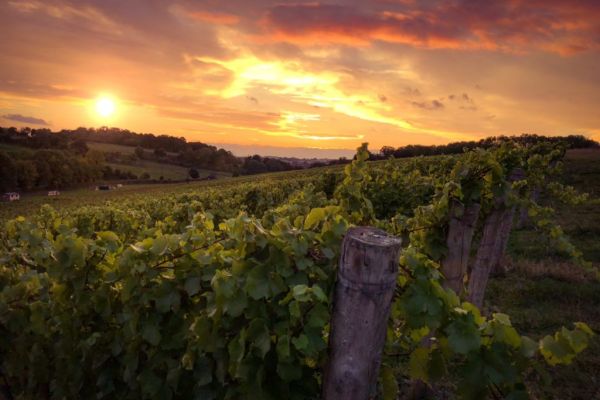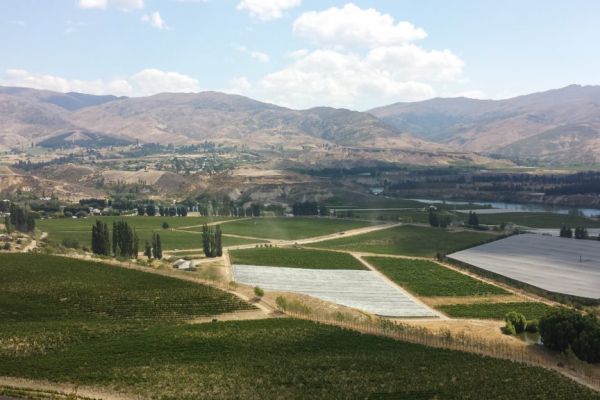Wildfires tore through northern California’s iconic wine-growing regions of Napa and Sonoma, causing evacuations of more than 20,000 people, killing at least 10 and damaging some of the most valuable vineyards and wineries in the US.
The blazes are sweeping through one of the state’s most scenic and treasured destinations, threatening the livelihoods of tens of thousands of people. California’s wine industry drew 23.6 million tourists and sold $34.1 billion in retail value in the US in 2016, according to the Wine Institute. The Napa and Sonoma Valleys are where the highest-end wine in the state is produced.
“We are all in shock and trying to help our fellow growers and neighbors where we can,” said Heidi Soldinger, a spokeswoman for Napa Valley Grapegrowers.
Fourteen fires were simultaneously raging across northern California on Monday afternoon, covering a total of about 73,000 acres, according to the California Department of Forestry and Fire Protection. None of the blazes had been contained as of 5:40 p.m. local time, Cal Fire spokesman Jonathan Cox said by telephone. At least 1,500 commercial, residential and industrial structures were burned, Cox said, though details of the extent of the damage remain scarce.
“We are really telling people to heed any evacuation warning should they be in the area,” he said.
Too Early
Parts of Napa, Sonoma and other counties have been evacuated. It’s too early to tell the scope of the fire and the extent of the damage to the area, although pictures flooded social media showing burned-down buildings. Paradise Ridge Winery in Santa Rosa was among those that burned down, according to a Facebook post. Signorello Estates burned as well, according to the Sonoma Valley Vintners & Growers Alliance.
The fires tripped several high-voltage power lines and left about 99,000 utility customers without power as of 4:30 p.m local time in Napa and Sonoma counties, according to PG&E Corp. The utility also turned off gas service to about 26,000 customers in Santa Rosa, Yountville, Napa and Kenwood, spokeswoman Andrea Menniti said in an emailed statement.
French Laundry
The French Laundry, a three-Michelin star restaurant, shuttered Monday due to power outages, according to the restaurant’s Twitter account. Spirits maker Constellation Brands Inc. closed its tasting rooms as well, including at Robert Mondavi Winery. Phone lines at some of the region’s other famous producers were out of commission Monday afternoon, including Whitehall Lane Winery and Martinelli Winery.
The panic has led to some misinformation. A photo of William Hill Estate Winery’s partially burned sign has made appearances in multiple news reports along with reports of fire damage. E. & J. Gallo Winery, which owns William Hill, said the winery sustained only minor cosmetic and landscaping damage.
California’s coast accounts for a relatively small percentage of U.S. production, with Sonoma and Napa together producing about 10 percent of California’s wines. Still, it is the most valuable region in the country, said Stephen Rannekleiv, a beverage analyst at Rabobank International. The lion’s share of grapes in the state are grown in the San Joaquin Valley, where cabernet sauvignon grapes go for about $400 a ton. By contrast, the same fruit from Napa Valley usually costs closer to $7,000 a ton, and can sell for as much as $50,000. High-end wines are driving demand growth in the U.S., with bottles priced over $10 seeing the biggest gains, Rannekleiv said.
“That’s why it’s so devastating - so much of the value is created there, and incredible investment has gone in there,” Rannekleiv said by telephone. “It’s the face of the California wine industry.”
Mostly Finished
The harvest in Sonoma and Napa counties is mostly finished, said Daniel Sumner, an agricultural professor at the University of California at Davis. Still, fires can damage any grapes yet to be collected and can also destroy the vine plants and wineries, he said.
“It’s bound to be a significant and substantial impact on the high-quality wine industry,” Sumner said.
Constellation Brands Shuts Napa Wine Tasting Rooms as Fires Rage
Sonoma County Winegrowers estimates that 90 percent of the county’s crop has already been harvested, but there are still winegrapes that were scheduled to be picked in the next 10 days, according to Karissa Kruse, president of the group. Damages are still being assessed, and reports of fire damage to wineries, businesses and homes are mounting. Sonoma has about 1 million acres, and 6 percent of that is grapes, Kruse said.
Vine Damage
Even in vineyards where all the grapes have been collected, there’s the possibility of fire damage to the vines themselves, said Jess Koehler, co-owner of La Finquita Winery in Ramona, outside of San Diego in Southern California.
“It takes at least three years minimum to get a crop that you can actually do something with -- the more mature the vine gets, the higher quality the grapes, the higher quality the wines,” Koehler said. “It could have a real long-lasting impact for everybody up there.”
Some vintners don’t have details about damage because they’ve been evacuated and can’t yet return to their properties, Rannekleiv of Rabobank said. While anything in tanks should be safe as long as the winery isn’t affected, crops that haven’t been harvested are at risk of both burning and smoke taint, which affects flavor.
“Anything left on the vine is at risk of being damaged by the smoke,” Koehler of La Finquita Winery said. “It’s going to be a waiting game to see, when it’s all said and done, what the impact is, but we’re not just talking about the vines. It’s going to be barrels upon barrels of wine, several years old, all their bottle stock. It could completely take them out for years.”
Resilient Community
In 2008, smoke from smoldering wildfires in Mendocino County contaminated crops of pinot noir grapes, said Bill Pauli, a grower and general partner of Yokayo Wine Co. in Ukiah, California.
“Some wines had the odor of someone who had been standing next to a barbecue,” Pauli said in a telephone interview. “It was not a good situation and we all hope it doesn’t happen again.”
Still, growers are optimistic that the region will come back from this disaster.
“Three years ago we had an earthquake and now things are back 100 percent,” said Michael Honig, who runs Honig Wine and the Napa Valley Vintners Association. “It certainly won’t be the demise of the wine community. We’ve always been very resilient as a community and farmers always come back.”
News by Bloomberg - edited by Hospitality Ireland
